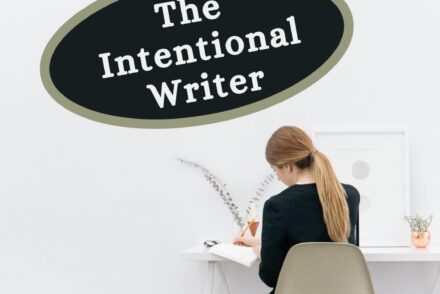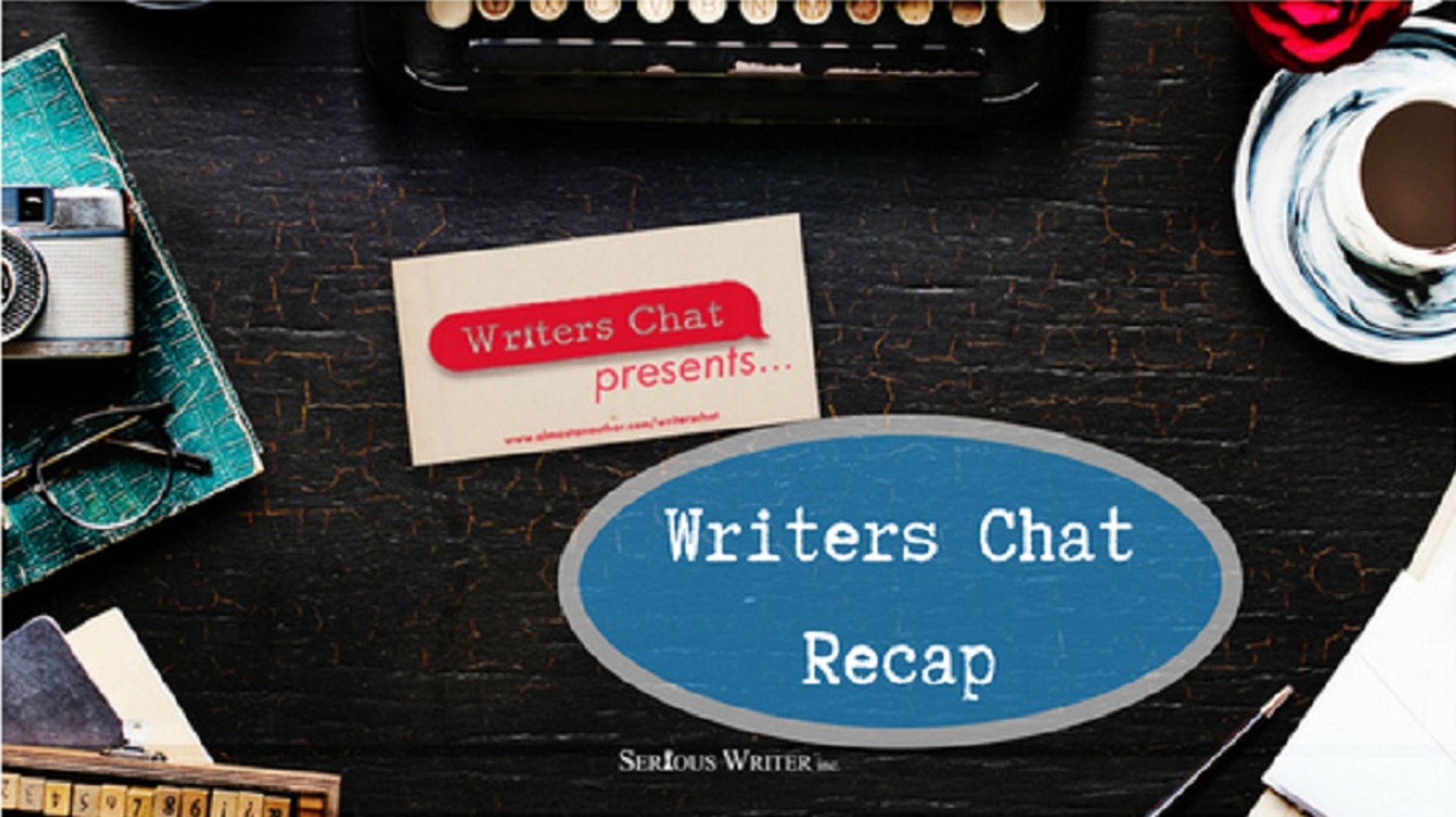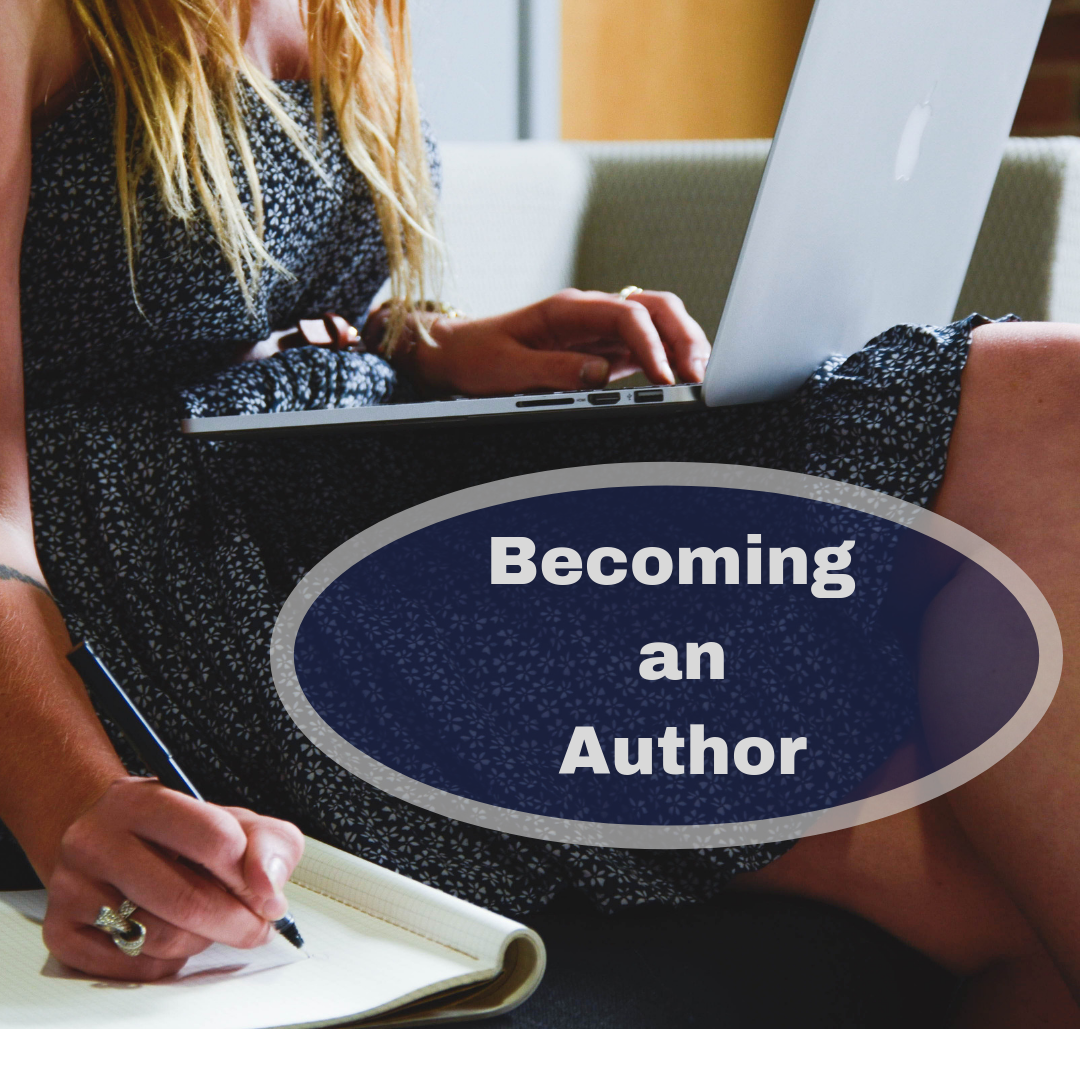
The Hardest Element to Find on Your Proposal
The most difficult element to find in your book proposal is something that is missing or not there. I…
September 26, 2024
The most difficult element to find in your book proposal is something that is missing or not there. I…
September 26, 2024
Do you know a well-known person who will agree to write an endorsement or foreword for your book? Resist…
July 25, 2024
In the early days of my writing, I wondered if I should submit my material one at a time…
May 26, 2024
One of the biggest errors I see with book proposals is the author has put little or no effort…
April 25, 2024
One of the most important parts of every book proposal is the sample chapter. The sample of your writing…
March 26, 2024
Every author has a challenge with their submission to an agent or editor. How can your proposal become irresistible?…
February 25, 2024
Many would-be authors are surprised to see this element in the component of an excellent book proposal. They think…
January 25, 2024
If you hope to pitch a book to a publisher, especially a non-fiction book, you will need to write…
November 24, 2023
As an acquisitions editor and a former literary agent, I’ve reviewed thousands of book proposals. For any writer who…
October 25, 2023
At a small coffee shop, I met Joe Leininger who had traded for ten years in the Eurodollar Pit…
August 25, 2023
Possibly you are an author who writes nonfiction and fiction. Because I’ve worked in both areas of the market—fiction…
July 25, 2023
You have a burning desire to write a book. Join the crowd. You might be surprised to learn how…
June 25, 2023
“The publisher will never use my title.” Or “It doesn’t matter what I call my book because the…
May 26, 2023
Most authors are focused on writing the best possible manuscript—an important task. While your writing is important, there is…
April 26, 2023
Throughout my decades in publishing, I’ve written many different types of nonfiction books: biographies, how-to, diet, self-help, co-authored books,…
March 29, 2023
Among writers in the publishing community, there is a false belief that my submission does not have to be…
February 25, 2023
Recently I met one of my long-term friends, a publisher of a well-known book company. Speaking about how I…
January 26, 2023
I used to cringe when I saw the mail or email from one of my publishers. It probably contained…
December 26, 2022
I wrote about 50 books with traditional publishers and even crafted two proposals that got six figure advances—before I…
November 26, 2022Editors and agents are blasted with submissions every day. I know because I’ve been one of them for…
August 25, 2022
Do you procrastinate when it comes to creating a book proposal? You aren’t alone and it is common among…
May 25, 2020
Writers Chat, hosted by Jean Wise, Johnnie Alexander, and Bethany Jett, is the show where we talk about all…
February 21, 2020
I understand the struggle that aspiring authors often face on their attempt toward publication. Honestly, this is one of…
April 9, 2019
“Can I really compare my book with a bestselling author’s book?” “Why do I need this? Won’t I shine…
October 25, 2018
No, agents and editors are not sadists. We do not ask you to write an extensive book proposal to…
September 30, 2018